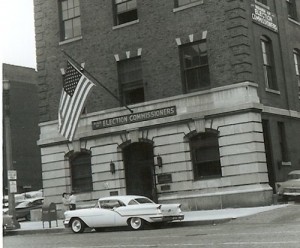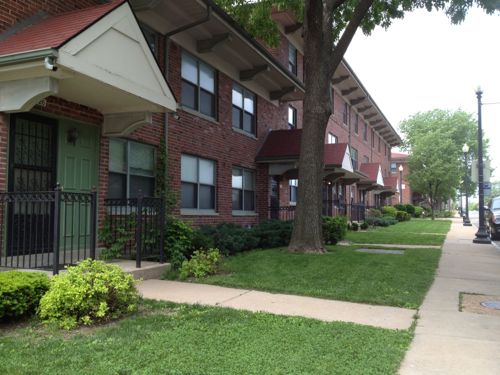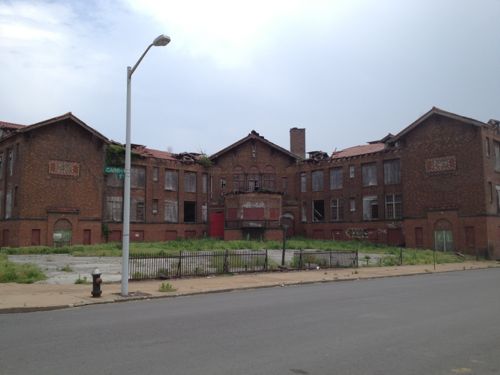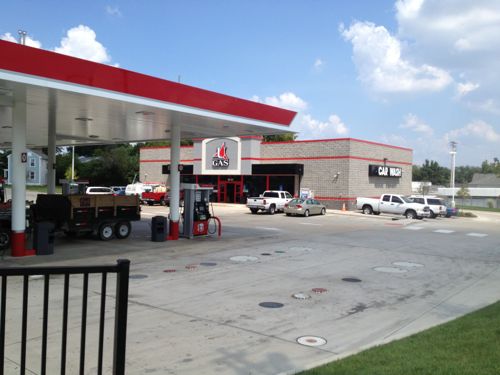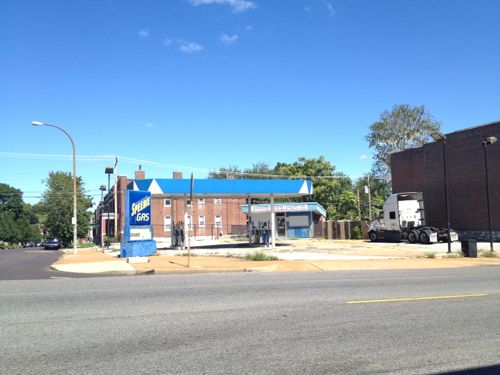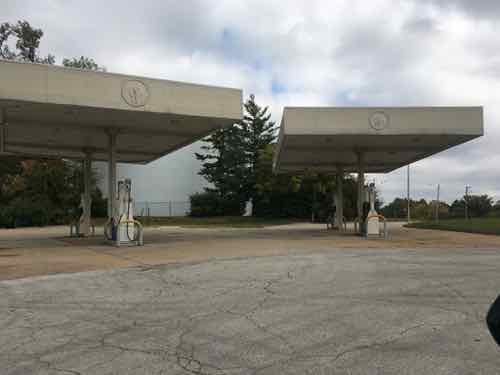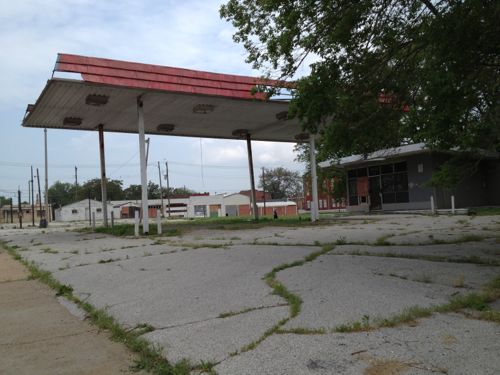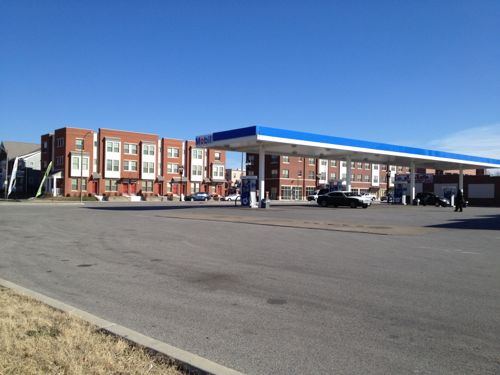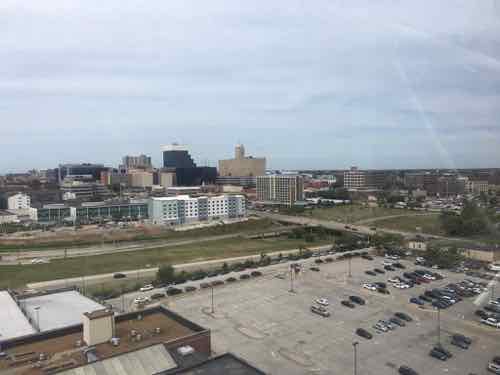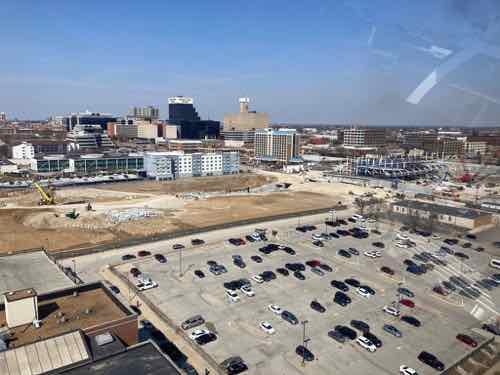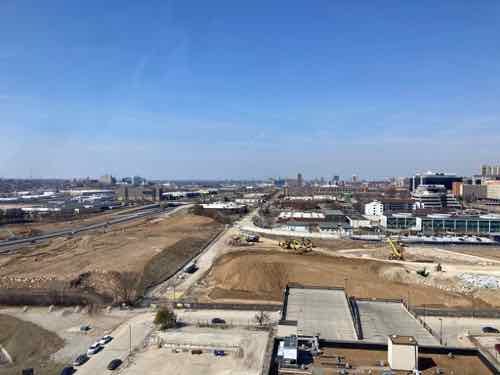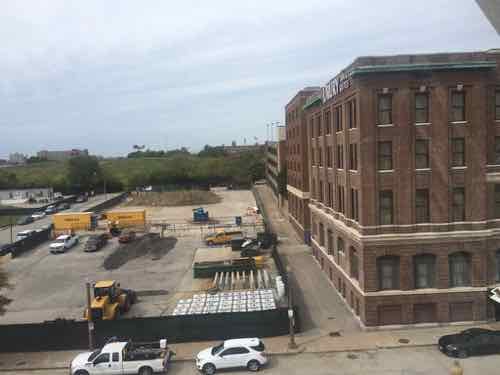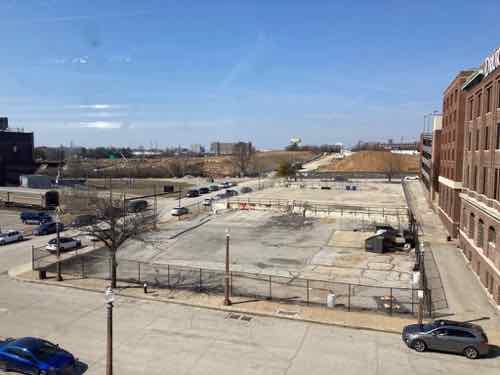New Book: ‘Case Studies in Retrofitting Suburbia: Urban Design Strategies for Urgent Challenges’ by June Williamson & Ellen Dunham-Jones
|
|
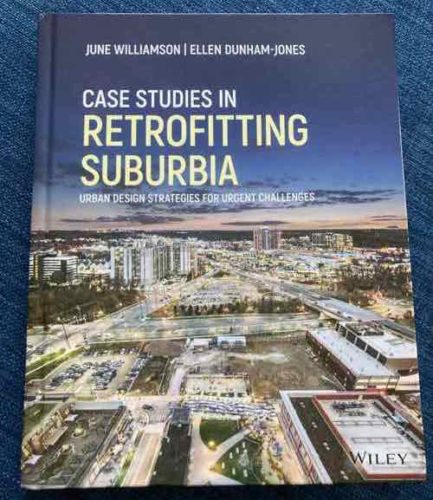 One of the most important issues facing regions in the coming decades will be the enormous amount of land around the inner core that was developed in a manner that exacerbates current & future problems. Suburbia everywhere will need to be retrofitted.
One of the most important issues facing regions in the coming decades will be the enormous amount of land around the inner core that was developed in a manner that exacerbates current & future problems. Suburbia everywhere will need to be retrofitted.
In 2009 I posted about a new book addressing this topic, see: Book Review; Retrofitting Suburbia, Urban Design Solutions for Redesigning Suburbs.
Now June Williamson & Ellen Dunham-Jones are back with 32 case studies where the retrofitting principles have been applied.
This amply-illustrated book, second in a series, documents how defunct shopping malls, parking lots, and the past century’s other obsolete suburban development patterns are being retrofitted to address current urgent challenges they weren’t designed for: improving public health, increasing resilience in the face of climate change, leveraging social capital for equity, supporting an aging society, competing for jobs, and disrupting automobile dependence.
Case Studies in Retrofitting Suburbia: Urban Design Strategies for Urgent Challenges provides summaries, data, and references on how these challenges manifest in suburbia and discussion of successful urban design strategies to address them in Part I. Part
II documents how innovative design strategies are implemented in a range of northern American contexts and market conditions. From modest interventions with big ripple effects to ambitious do-overs, examples of redevelopment, reinhabitation, and regreening of changing suburban places from coast to coast are described in depth in 32 brand new case studies.
• Written by the authors of the highly influential Retrofitting Suburbia: Urban Design Solutions for Redesigning Suburbs
• Demonstrates changes that can and already have been realized in suburbia by focusing on case studies of retrofitted suburban
places
• Illustrated in full-color with photos, maps, plans, and diagramsFull of replicable lessons and creative responses to ongoing problems and potentials with conventional suburban form, Case Studies in Retrofitting Suburbia: Urban Design Strategies for Urgent Challenges is an important book for students and professionals involved in urban design, architecture, landscape architecture, urban planning, development, civil engineering, public health, public policy, and governance. Most of all, it is intended as a useful guide for anyone who seeks to inspire revitalization, justice, and shared prosperity in places they know and care about. (Wiley)
University City’s plan to replace a strip shopping center and modest houses with a big box Costco isn’t what the authors are advocating.
Here are the 32 case studies examined in this book:
- Case Study II.1 Aurora Avenue North, Shoreline, Washington
- Case Study II.2 Hassalo on Eighth and Lloyd, Portland, Oregon
- Case Study II.3 Lake Grove Village, Lake Oswego, Oregon
- Case Study II.4 Phoenix Park Apartments, Sacramento, California
- Case Study II.5 Parkmerced, San Francisco, California
- Case Study II.6 The BLVD, Lancaster, California
- Case Study II.7 TAXI, Denver, Colorado
- Case Study II.8 Guthrie Green, Tulsa, Oklahoma
- Case Study II.9 La Gran Plaza, Fort Worth, Texas
- Case Study II.10 The Domain, Austin, Texas
- Case Study II.11 ACC Highland, Austin, Texas
- Case Study II.12 Mueller, east Austin, Texas
- Case Study II.13 Promenade of Wayzata, Wayzata, Minnesota
- Case Study II.14 Maplewood Mall and Living Streets, Maplewood, Minnesota
- Case Study II.15 Baton Rouge Health District, Baton Rouge, Louisiana
- Case Study II.16 Uptown Circle, Normal, Illinois
- Case Study II.17 One Hundred Oaks, Nashville, Tennessee
- Case Study II.18 Historic Fourth Ward Park, Atlanta, Georgia
- Case Study II.19 Technology Park, Peachtree Corners, Georgia
- Case Study II.20 Walker’s Bend, Covington, Georgia
- Case Study II.21 Downtown Doral, Doral, Florida
- Case Study II.22 Collinwood Recreation Center, Cleveland, Ohio
- Case Study II.23 The Mosaic District, Merrifield, Virginia
- Case Study II.24 South Dakota Ave and Riggs Road, Fort Totten, Washington, DC
- Case Study II.25 White Flint / The Pike District, Montgomery County, Maryland
- Case Study II.26 The Blairs, Silver Spring, Maryland
- Case Study II.27 La Station – Centre Intergénérationnel, Nuns’ Island, Verdun, Quebec
- Case Study II.28 Bell Works, Holmdel, New Jersey
- Case Study II.29 Wyandanch Rising, Town of Babylon, New York
- Case Study II.30 Meriden Green, Meriden, Connecticut
- Case Study II.31 Cottages on Greene, East Greenwich, Rhode Island
- Case Study II.32 Assembly Square, Somerville, Massachusetts
I’m familiar with two of these, I experienced the “before” of #1 years ago, and #16 in 2012. Aurora Avenue in Seattle and the suburb of Shoreline is like arterial roads everywhere: awful. When I last saw it we drove to a Home Depot. From reading the case study I know the portion of Aurora Ave in Seattle is unchanged, but a stretch north from the city line has been improved. To a motorist driving by you might not notice the physical changes, but pedestrians will immediately tell it is less hostile. Motorists will notice more humans actually walking.
When I drive back to Oklahoma City to visit family & friends, hopefully later this year, I’ll stop in Tulsa to visit an aunt and see #8 and sites in adjacent Greenwood (site of the Tulsa race riot). I’d love to visit each of these case studies.
If I hadn’t had a stroke in 2008 I would’ve enjoyed working on retrofitting suburbia.
— Steve Patterson
